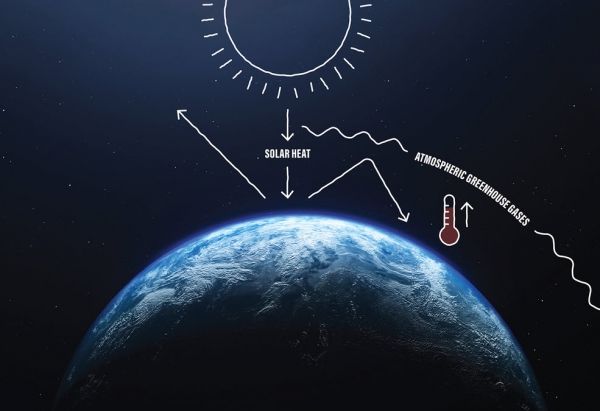Today, human sources are responsible for 60% of global methane emissions, coming primarily from the burning of fossil fuels, decomposition in landfills and the agriculture sector. Nearly a quarter of methane emissions can be attributed to agriculture, much of which is from raising livestock. Rice cultivation and food waste are also important sources of agricultural methane, as nearly a third of all food produced for human consumption is lost or wasted.
At NASA, scientists study the global methane budget to better understand the primary sources of methane emissions and how they contribute to climate change. In addition to the human sources, methane is also produced in natural settings. The greatest natural source of methane is wetlands, which contribute 30% of global methane emissions. Other natural sources of methane emissions include the oceans, termites, permafrost, vegetation and wildfires.
Atmospheric methane concentrations have more than doubled since the Industrial Revolution because of intensive use of oil, gas and coal, rising demand for beef and dairy products and increased production of food and organic waste. Although the increase in atmospheric methane concentrations slowed appreciably near the end of the 20th Century, concentrations have been increasing substantially since 2006, likely as a result of rising emissions from raising livestock, renewed reliance on natural gas and, in recent years, wetlands and global warming.
Continue reading at NASA Goddard Space Flight Center
Image via NASA Goddard Space Flight Center


